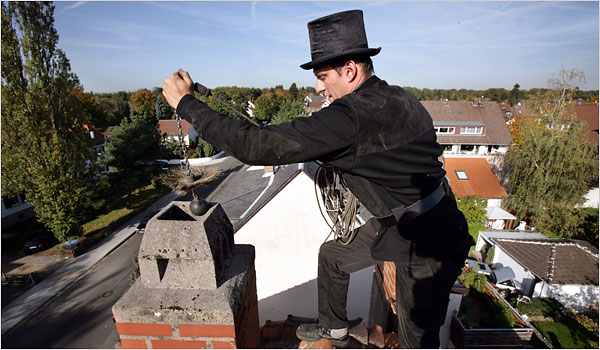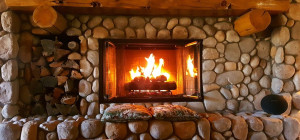When someone inquires about professional chimney sweeps and the job they perform, it's either because he wants to become one or because he's planning to hire one for having his chimney clean.
A regular sweep is visualized as a middle-aged man holding cleaning equipment, his clothes are covered in flaky substances and he has an unwitting smile in his face. It’s not a far-fetched visualization because professional sweeps do look that way, but they are not low-wage employees, dissatisfied with their jobs and struggling to feed their families. Experienced chimney sweeps are financially well-off. They make £16000- £32000 a year. Part time sweeps make as low as £8000 a year.
But albeit lucrative, the industry is highly competitive as well. Despite that, there’s no scarcity of newcomers opting for this profession because getting hired as a full-time employee has been becoming a distant dream due to the inflation hitting the economy badly. Many have been laid off due to the economy being bad for the last couple of years.
Chimney sweeps are often called chimney technicians. They visit at residential and commercial premises at a short notice and deliver cleaning as well as maintenance services. The rates they charge depend on the type of service they provide, the level of the certificates they possess and their experience, etc.
Chimney sweeps require training, it's not possible to become a professional sweep if the aspirant doesn't obtain requisite training. Training ensures the sweep knows how to carry out the cleaning work in a safe way. In the UK, professional sweeps need to be registered with the Council of Registered Gas Installers (CORGI). Unless you have a certificate of competence through the National Accredited Certification Scheme, it’s not possible for you to register with the CORGI. The accreditation is especially needed to those, who aim to work as gas fitting operatives.
General sweeping doesn't require a rigorous training. The aspirants learn basic sweeping techniques from the National Association of Chimney Sweeps or NACS. The training procedure, which is delivered by the NACS is certified by the Construction Industry Training Board (CITB). The CITB offers a host of courses that turn an amateur into a professional sweep. Some of those courses are CITB/City & Guilds NVQ level 2 course in chimney engineering. There are plenty of other courses offered by CITB along with other accredited bodies. CORGI is one of them, others are OFTEC or Oil Firing Technician Association for the Petroleum Industry, etc.
Sweeping a chimney clean comes with a decent degree of risk, so don't go gaga for this profession without considering the risks that it involves. The work requires a high level of fitness and agility. Professional sweeps have to climb up a roof and then brush off the soot from the flue. For doing that, they put their equipment in a bag, then sling it over, ascend to the roof, take the chimney cap off and carry out the cleaning task. Unless the sweep is physically fit and agile, it's not possible for him to do any of these.
So only if you are fully sure that you could keep all the risks at bay, opt for becoming a chimney sweep. Otherwise, think of some other profession that is physically less demanding and less challenging.
The day-to-day works of a sweep include the following;
- Inspecting the chimney and the flue
- Keeping the adjacent areas protected so soot and debris permeate nearby rooms
- Attaching the brush to an extended rod to clean the chimney or the flue
- Using an industrial vacuum cleaner to remove soot and debris from the fireplace and also from the appliances
- Enlightening customers about potential hazards due to soot inside the flue
- Installing CCTV cameras so the condition of the chimney could be examined and faults could be identified
So as you can see, it's not easy to become a professional chimney sweep. It requires knowledge and expertise in more than one area and skill and agility.








